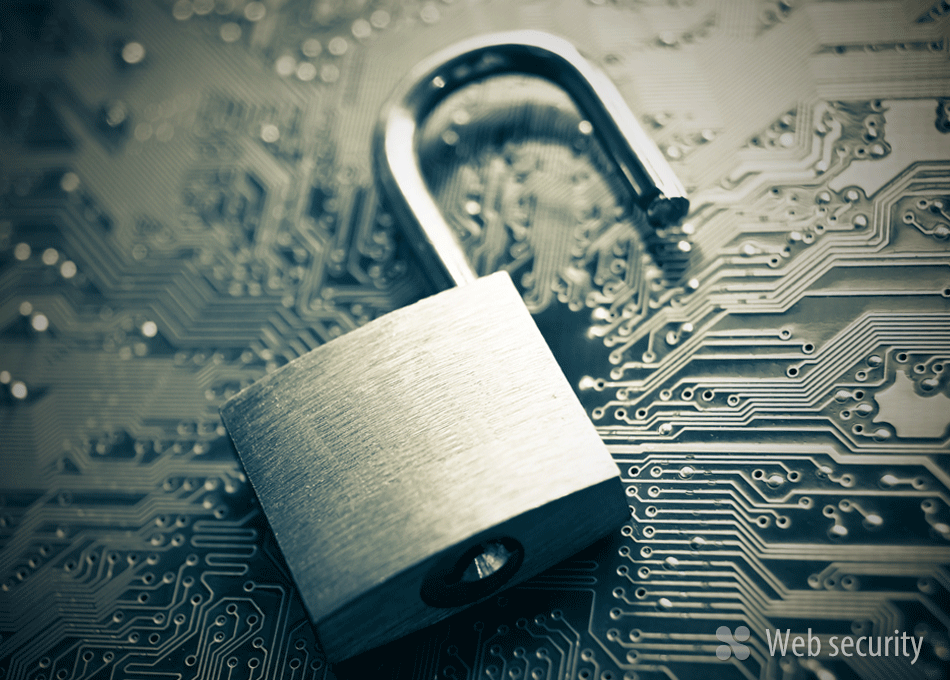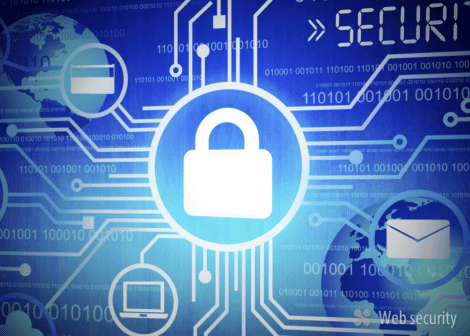Are we safe on the web?
Today we are discussing the web security and how to use technology to protect sensitive data on internet.
Nowadays, security can be a very real and common concern when surfing the web since we share a lot of personal and sensitive data.
As a rule, the average website visitor knows only the basics of what web security is all about. Most people are not aware of how important this aspect is, so in today’s article we will be speaking about security.
An average user knows to look for the little padlock icon in their browser to know when they are dealing with a secured page, but let’s try to give some more insights on how this works and why it is so important.



